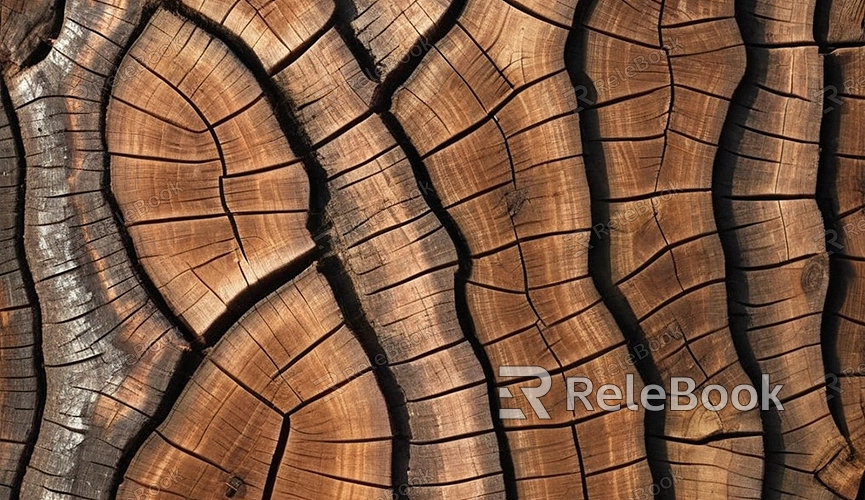How to Draw Wood Texture?
Wood texture is a common texture effect in painting and 3D art, which can add natural and realistic elements to your work. Whether using charcoal, pencils, or watercolors in traditional painting, or software like Photoshop and Procreate in 3D art, drawing wood texture is an interesting and challenging task. In this article, we will share some simple and practical methods to help you draw realistic wood texture.
1. Observe Wood Texture
Before starting to draw, it's essential to carefully observe and understand the texture characteristics of wood. Observe various types of wood such as oak, pine, and cherry wood, paying attention to their texture direction, density, and shape. This will help you better simulate and draw wood texture.
2. Prepare Drawing Tools and Materials
Depending on your chosen medium and tools, prepare the corresponding drawing tools and materials. For traditional painting, you can use charcoal, pencils, colored pencils, watercolors, etc. For 3D art, you can use drawing software like Photoshop and Procreate. Make sure your tools and materials can help you achieve the desired wood texture effect.
3. Draw Basic Texture
First, use a light-colored base or background color to draw the basic shape and outline of the wood. Then, using darker tones or shadow colors, draw the basic texture along the direction of the wood grain. Pay attention to simulating the texture shape and arrangement of the wood to make it look as close to real wood as possible.
4. Enhance Highlights and Shadows
On the basis of the basic texture, enhance the highlights and shadows of the wood texture to add depth and texture. Use brighter tones or white to draw highlights on the raised parts of the wood grain; use darker tones or black to draw shadows on the recessed parts of the wood grain. Pay attention to the direction and intensity of the light source to make the highlights and shadows look more natural and realistic.
5. Simulate Wood Texture
Draw special texture effects of wood such as wood grain, knots, and cracks. Depending on the type of wood and its texture characteristics, use appropriate drawing techniques and tools to simulate different wood grain effects. For example, use horizontal, vertical, or diagonal strokes to draw wood grain lines; use fine strokes or engraving lines to draw knots and cracks in the wood.
6. Add Details and Adjustments
During the process of drawing wood texture, continuously add details and make adjustments to make the wood texture effect richer and more realistic. You can further refine the wood texture effect by deepening or increasing the texture density, adjusting the lighting effects, and adding color variations. Also, don't forget to consider the overall balance and harmony of the artwork.
7. Practice and Experiment
Drawing wood texture is a skill that requires continuous practice and experimentation. By drawing various types and styles of wood grain, you can accumulate experience and improve your skills. Try using different drawing media and tools, explore different drawing techniques and styles, and find the drawing methods and styles that suit you best.
8. Reference and Learning
During the learning and practice process, it's helpful to refer to some excellent wood texture works to learn from others' drawing techniques and experiences. You can refer to books, tutorials, artists' works, etc., to understand different drawing methods and styles and draw inspiration from them.
Through the above steps and techniques, I believe you have mastered the basic methods and skills of drawing wood texture. Drawing wood texture is a task that requires patience and skill. If you need high-quality 3D textures and HDRI or 3D model downloads for creating models and virtual scenes, you can download them directly from Relebook and import textures and 3D models into your projects.

